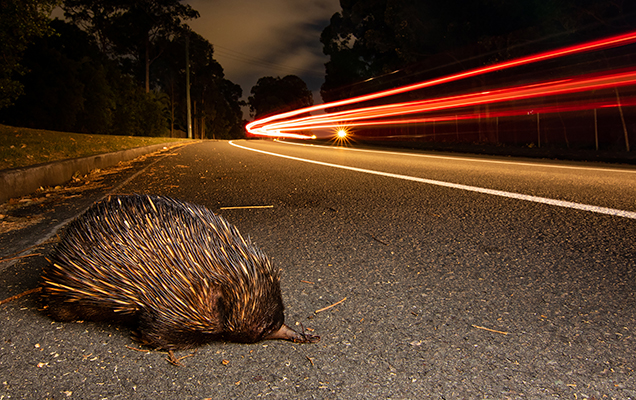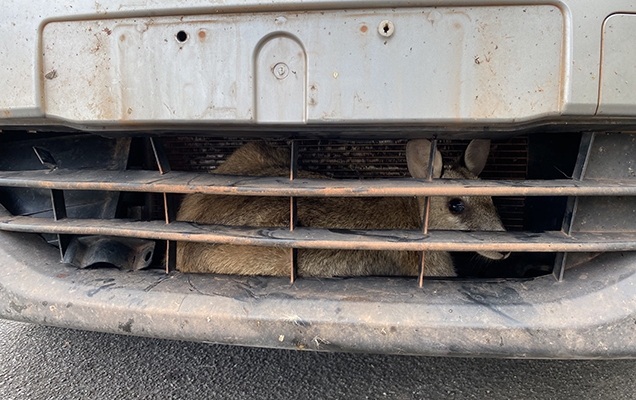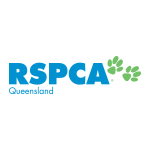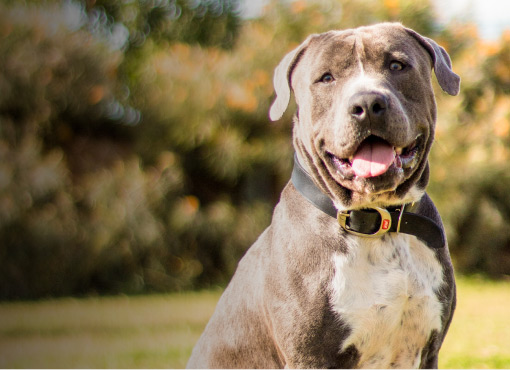Sadly, sometimes wildlife like kangaroos, possums, koalas, birds, reptiles and other animals are struck and killed or injured by motor vehicles.
Collisions kangaroos and wallabies make up 90% of all animal road accidents in Australia.
So, it’s important we all play our part to be extra careful – especially during warmer months and breeding seasons - to prevent road accidents. There are steps you can take to significantly reduce the odds of having an animal related crash and safely live with wildlife.
If you come across an injured animal on the road, contact the RSPCA’s 24/7 Animal Emergency Hotline 1300 ANIMAL.





